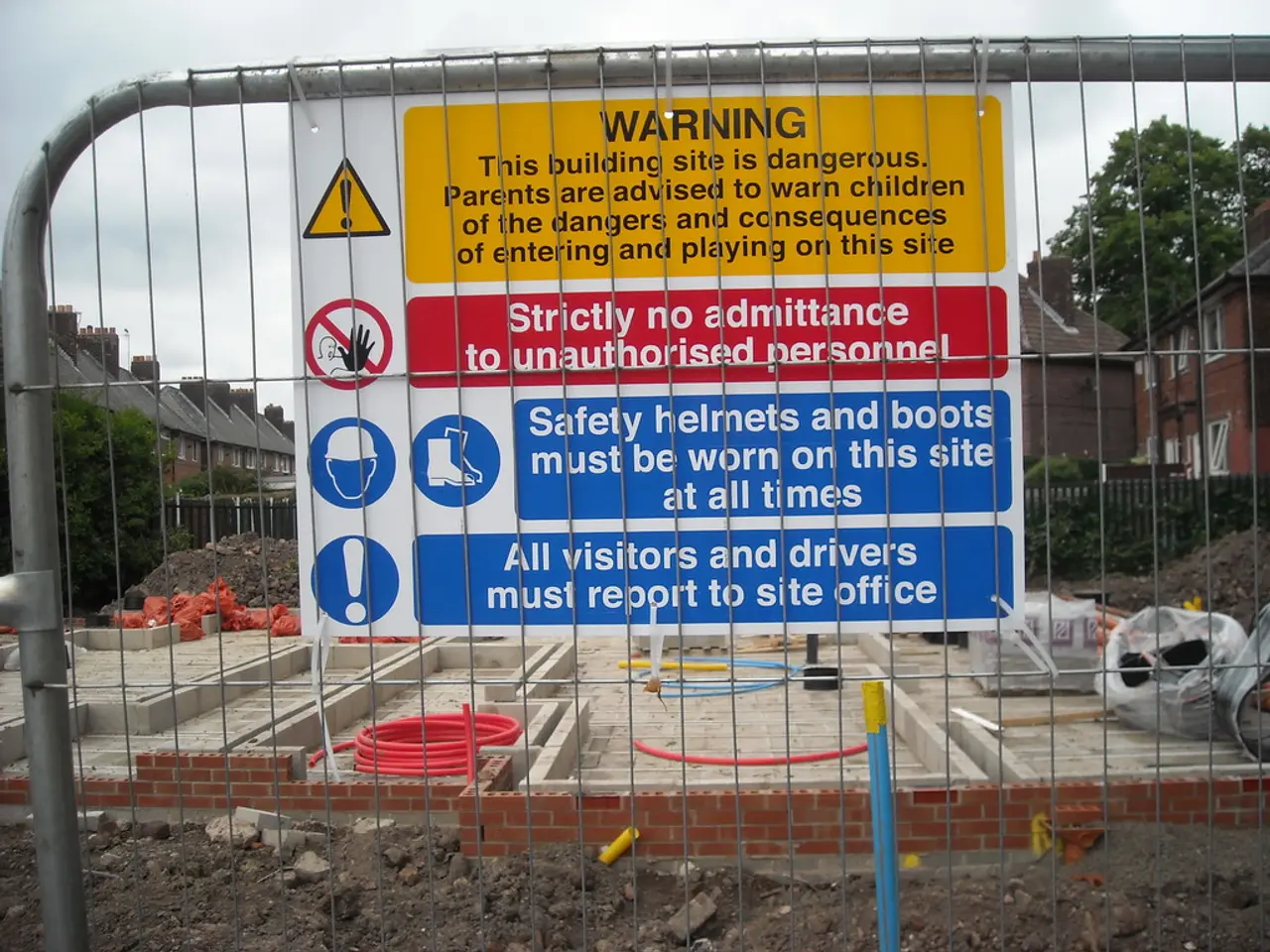Navigating the Complexities of Ecological Regulations in Building Projects
In the ever-evolving landscape of construction, environmental regulations present a significant challenge for industry players. These regulations, designed to safeguard natural resources and promote sustainable development, require continuous updates and resource-intensive efforts to stay informed.
Local governments play a pivotal role in enforcing these regulations, issuing permits, conducting inspections, placing restrictions on land use, and facilitating public engagement. The permitting process is a crucial step, involving obtaining necessary approvals from regulatory bodies before commencing any construction activities that may impact the environment.
Adherence to these regulations can mitigate legal risks, such as significant penalties, project delays, and reputational damage. Engaging with local governments and seeking input from environmental experts can provide insights into navigating specific regulations, while building partnerships with environmental consultants allows for leveraging expertise in compliance.
These regulations aim to minimize adverse impacts on air, water, soil, and biodiversity. Key environmental regulations in construction include the National Environmental Policy Act (NEPA), the Clean Water Act (CWA), and the Clean Air Act (CAA) in the USA.
Navigating these regulations presents significant challenges, particularly due to the financial burden associated with compliance. Compliance costs can significantly impact project budgets and timelines, encompassing expenses for specialized personnel, training programs, consultation services, environmental impact assessments, permitting, reporting, and monitoring.
However, compliance is not without its benefits. Case studies demonstrate the importance of applying environmental regulations, as seen in the High-Speed Rail project in California, the redevelopment of Lower Manhattan post-9/11, and European Union waste management directives influencing construction practices.
Future trends in environmental regulations emphasize sustainable practices and climate resilience, promoting the use of recycled and eco-friendly materials, stricter emissions standards, green technologies, and advanced technologies like building information modeling (BIM). Stringent recycling protocols, as seen in projects in Sweden, showcase best practices that stem directly from robust environmental regulations in construction.
Best practices for navigating environmental regulations include developing a comprehensive environmental management plan, consistent training for all stakeholders, regular audits and site inspections, timely reporting, transparent communication with regulatory bodies, and integrating sustainable practices. Addressing knowledge gaps among stakeholders necessitates educational initiatives and clear communication channels to ensure a comprehensive understanding of environmental regulations in construction.
Enforcement of environmental regulations encourages construction companies to adopt sustainable technologies and practices. Successful implementation of environmental regulations can align with urban regeneration efforts, as demonstrated by the redevelopment of Lower Manhattan post-9/11. Sustainability certifications and recycling programs, such as those measuring recycled content in construction materials, support resource conservation and eco-friendly building practices. Efforts also emphasize sustainable materials like sustainably sourced wood and modular construction techniques to reduce waste and energy consumption.
In conclusion, while navigating environmental regulations in construction presents challenges, the benefits in terms of safeguarding natural resources, promoting sustainable development, and minimizing environmental impact make it a necessary endeavour. By adopting best practices and staying informed, construction firms can not only comply with regulations but also contribute positively to a greener and more sustainable future.
Read also:
- Understanding Hemorrhagic Gastroenteritis: Key Facts
- Stopping Osteoporosis Treatment: Timeline Considerations
- Tobacco industry's suggested changes on a legislative modification are disregarded by health journalists
- Expanded Community Health Involvement by CK Birla Hospitals, Jaipur, Maintained Through Consistent Outreach Programs Across Rajasthan








